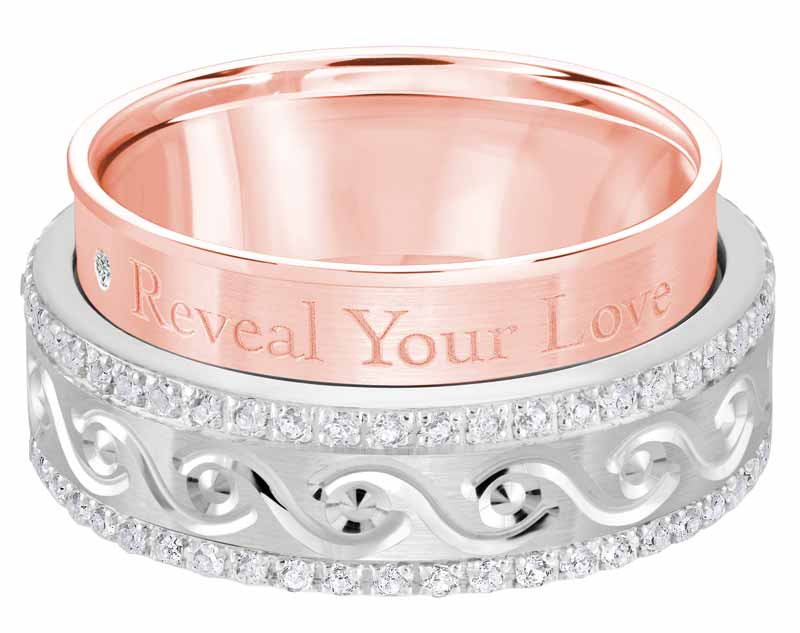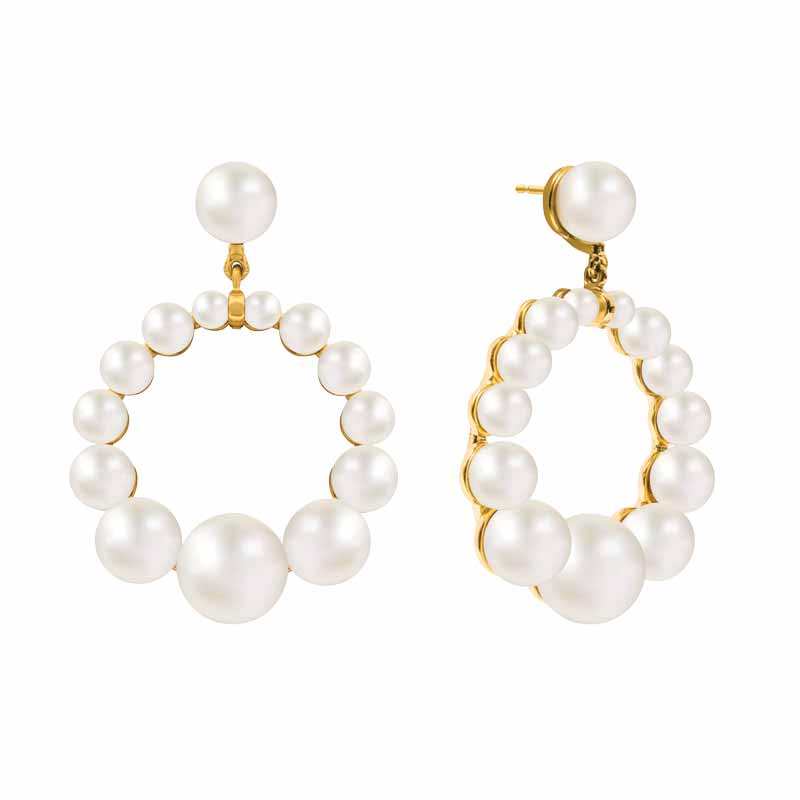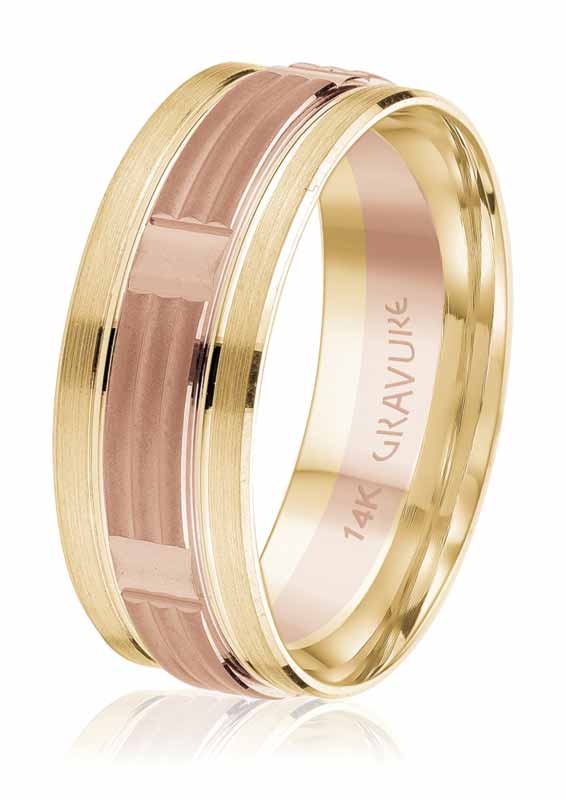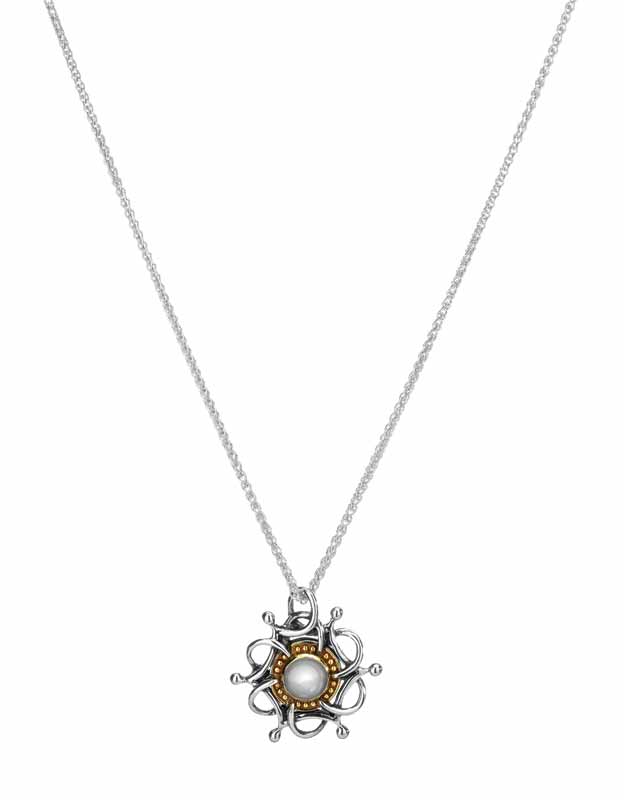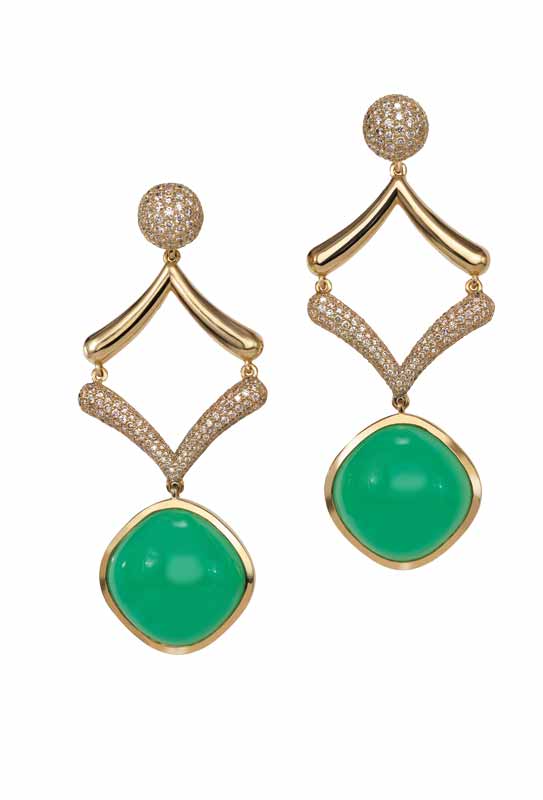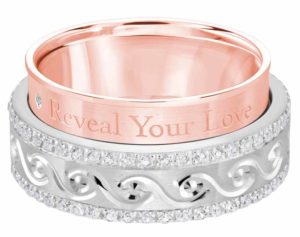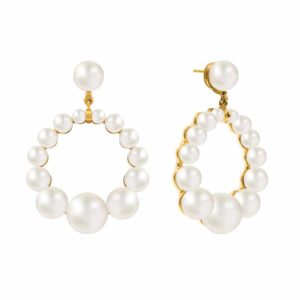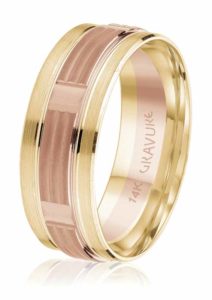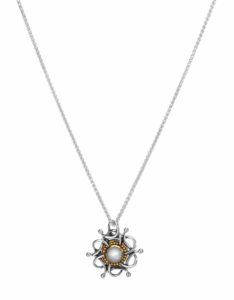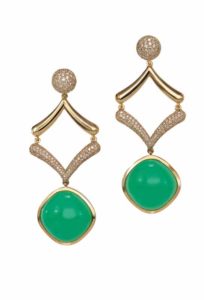By Samantha Ashenhurst
For many, JCK Las Vegas is the industry’s premier event and a vital stop on the journey toward the holiday season. This year’s show saw more than 2200 exhibiting companies and 30,000 industry professionals (including more than 13,000 vetted buyers), representing nearly 100 countries from around the globe.
Held May 31 to June 3, the 2019 edition of the show also marked JCK’s triumphant return to the freshly renovated Sands Expo Convention Center & the Venetian, which offered more than 111,000 m2 (1.2 million sf) of exhibition space.
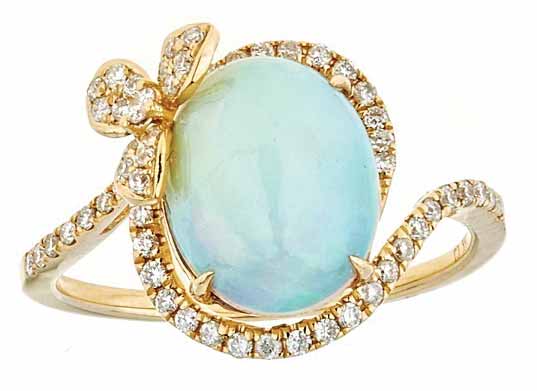
“The new location, show enhancements, and updated technology drove positive energy and increased business connections,” says Sarin Bachmann, event vice-president of JCK and Luxury. “The park-themed décor, jewellery-focused ‘Instagrammable’ moments, exciting evening events, and a daytime DJ all added to the positive vibe.”
For many, this year’s show felt like a homecoming.
“There was a lot of anticipation leading up to the show this year because it was moving back to the Venetian,” says Freydi Neuwirth Traurig of Gravure Commitment/Atlantic Engraving. “On day one of Luxury, you could feel the excitement and electricity in the air.”
“The show floor was busy and people seemed enthusiastic, focused and happy to be there,” she adds. “I loved being at this more central part of the strip. Putting JCK back in its ‘home’ was great.”
Maren Rosen, vice-president of merchandising for Stuller, agrees, adding the positive vibes at the show point to an optimistic future for the industry.
“The show is fantastic,” she says. “The change of venue, the energy level, how business seems in the industry… all of this is an indication of the good things to come.”
Reimagining customer-client relationships
Determining best practices for marrying the personal experience achieved through brick-and-mortar stores and the convenience offered via online shopping was certainly a hot conversation on the floor.
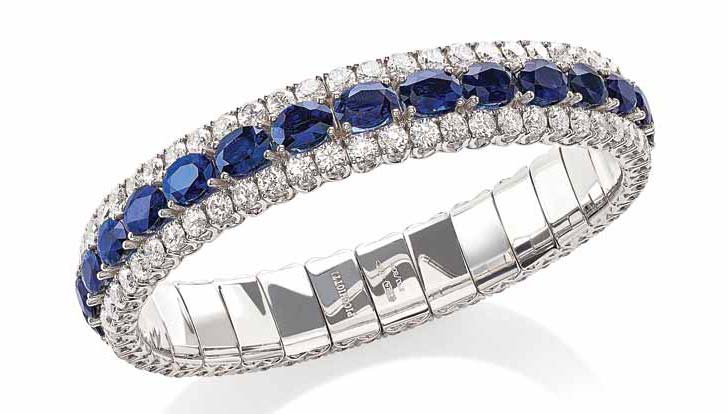
JCK hosted more than 70 events this year, from networking to education. This includes the ‘JCK Talks’ series, which introduced a sold-out half-day social media boot camp, directed at retailers and small business owners looking to move their brands online.
“Selling online versus in-store seems to be a hot topic,” says Naomi Traimer of Ontario-based MeditationRings, “As are strategies for how to promote your brand or retail store on social media platforms, and what an integral part of business this has become.”
Traimer notes this shift to a mandatory online presence also affected how attendees shopped and browsed at this year’s shows.
“We had retailers shooting live footage for their clients back home to show them what brands they were picking up,” she says. “This is something you never would have seen a few years back.”
To grow or not to grow
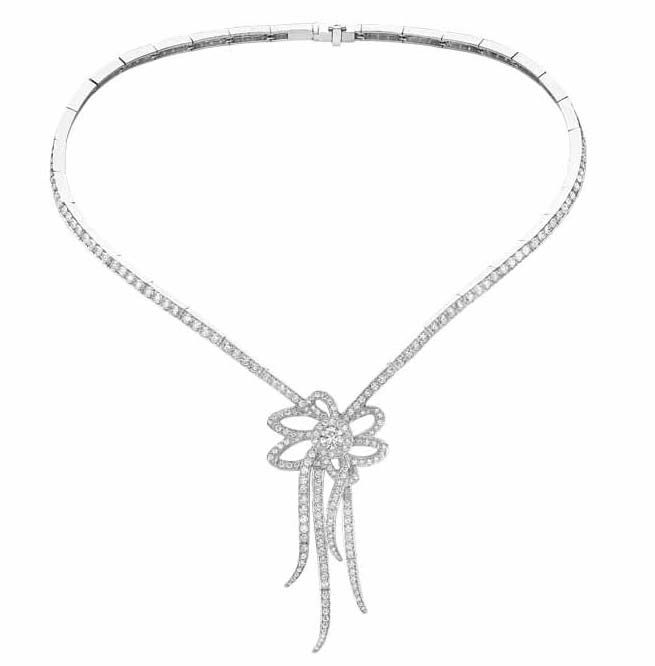
Not surprisingly, synthetic diamonds continued to be a hot topic of conversation for attendees, with many unsure of what the future holds for these stones.
“There’s still a lot of chatter about lab-grown diamonds,” says JB columnist Todd Wasylyshyn of Keith Jack Jewellery. “Not every jeweller has taken a firm stand on them yet, so there’s still much discussion.”
This pressure to take a stance on the issue was echoed by Darren Dubrovsky, president of Montréal-based Empress Jewellery.
“Everyone had an opinion—or they were looking for your thoughts,” he says.
For those specializing in synthetics, the attitude was largely warm, with many retailers curious about how these stones can be introduced alongside mined diamonds to boost profits and satisfy customers’ needs.
“It’s been pretty remarkable in terms of reception,” says Amish Shah, president of lab-grown diamond company ALTR. “We’ve had a number of retailers come by the booth and say, ‘We stopped by this time last year but we weren’t ready for it, and now our customers are demanding lab-grown options.’”
“It’s interesting to see that shift,” he adds. “Even in the press, we’ve seen an increase in coverage. Manmade stones are becoming much more mainstream, which is exciting.”
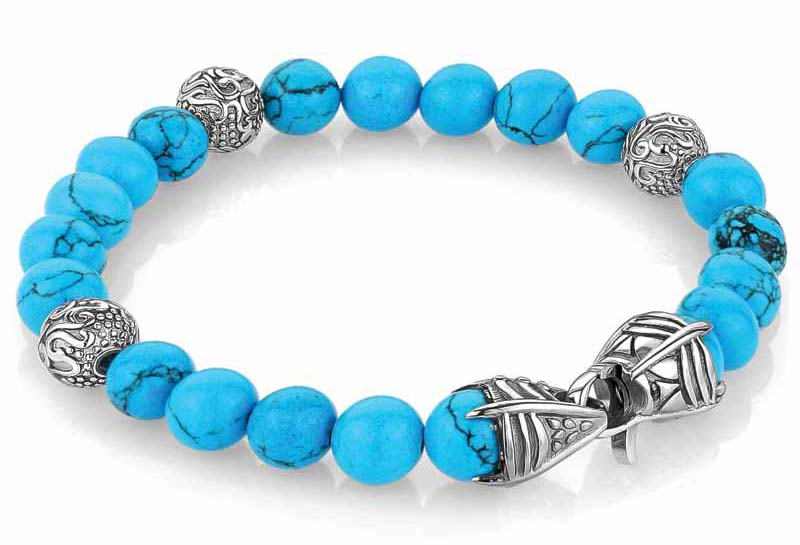
Renée Newman, author of The Diamond Handbook, agrees there is a place for synthetic diamonds in the industry, but says the use of them largely depends on the buyer’s needs.
“If you’re a consumer looking for a large stone at a modest price point, synthetics are an option,” she says. “If you want a diamond you can pass on for generations that will maintain—or possibly increase—in value, then you’d want a natural diamond.”
In regards to transparency, Newman also emphasizes the need to use clear language to avoid confusion with consumers and stresses the need for complete disclosure.
“Consumers should know in advance that, historically, manmade rubies, sapphires, emeralds, and diamonds, decrease in value after they’ve been introduced because they’re so available and no longer rare. But, as long as everything is disclosed, synthetics are fine.”
Transparency is key
This notion of disclosure was another sentiment heard echoed through the halls of the Sands. Everyone seemed in agreement: now more than ever, consumers want to know the history and origin of the stones they purchase.
“The mindset of buyers—both within the industry and buying from the industry—is changing, and consumers increasingly want to know where their stones originated,” says Samantha Larson, director of gemstones with Stuller. “Origin stories are holding people throughout the supply chain accountable for good people practices, good facility practices (in cutting houses), good business practices, and responsible earth practices.”
The global effect of the diamond industry was explored by event’s keynote speaker, President Mokgweetsi Eric Keabetswe Masisi of the Republic of Botswana. The diamond industry, he said, has transformed his nation’s economy, with proceeds from the country’s partnership with De Beers being invested into infrastructure, schools, roads, and hospitals.
“Knowing the origin of a stone allows us to make greater relationships with both sides of the business,” says Larson. “We, as an industry, are opening the eyes of our clients to places around the world, giving them a look into a different way of life with centuries’ old techniques passed down through generations and even spotlighting indigenous people, plants, and animals now benefitting from a larger global platform.”



